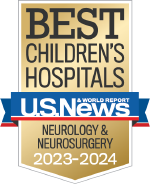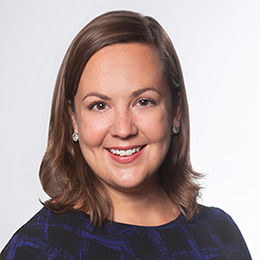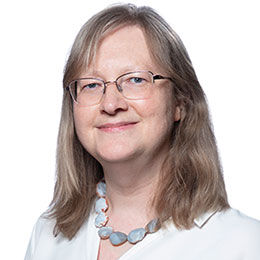Call us today
Pediatric Movement Disorders

Making our bodies move relies on complex signaling between our brain, spinal cord, nerves and muscles. When these complex signals don’t work correctly, a child may move too much or not enough, or have trouble controlling movements. A child with a movement disorder may have muscle that are too tight to move, or muscles that aren’t responding to the brain’s orders. In other cases, movement disorders can cause a child to make extra, uncontrolled movements and sounds. The Pediatric Movement Disorders Clinic focuses on helping these children improve their ability to move effectively.
There are few pediatric movement disorder clinics nationwide, and we are proud to provide the expertise and resources of this subspecialty clinic to the Bay Area. At our Movement Disorders Clinic, Dr. Mackenzie and Dr. O’Malley offer cutting edge therapies and interventions for problems that have been historically undertreated, like dystonia, spasticity, tics and more. As a patient of our clinic, your child is also part of the Stanford Medicine Children’s Health system, enabling our movement disorder team members to work with you and your child to develop an individualized treatment plan.
As part of the Stanford Health Care system, we are also home to the Movement Disorders Center, a leading resource for adults with movement disorders. This means that when your child enters adulthood, we can provide a seamless transition from pediatric care to our Stanford Adult Neurology experts. These movement disorder experts will have immediate access to your child’s medical history, treatment records and pediatric providers, thus supporting an outstanding continuity of care that is not possible at many other treatment centers.
Stanford Medicine Children’s Health is also home to the Spasticity Clinic, a multidisciplinary clinic that brings together neurology, neurosurgery, orthopedics and more to provide the best care for children with spasticity.





Connect with us:
Download our App: